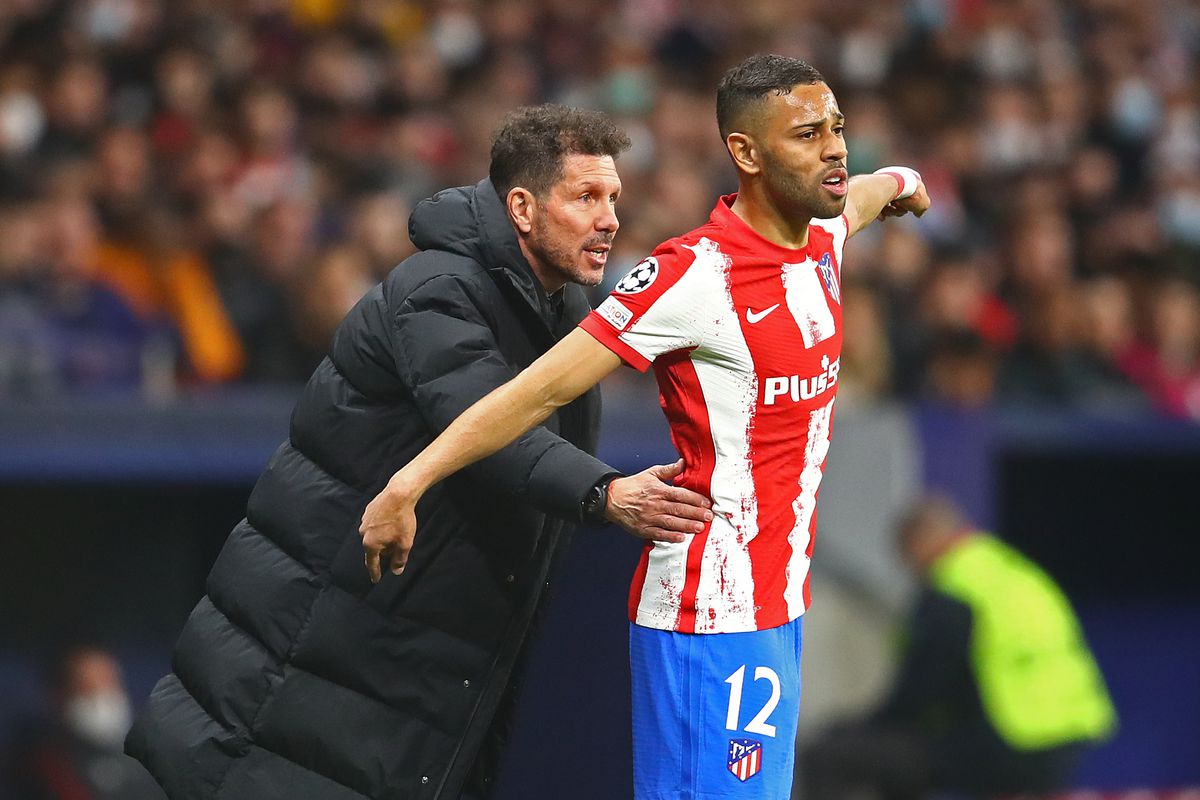
Since taking the helm in 2011, Diego Simeone has been the architect of Atlético de Madrid’s resurgence as one of Europe’s elite clubs. His tactical acumen and relentless passion have transformed a club known for its rich history into a modern powerhouse. This blog will explore the evolution of Atlético Madrid’s squad under Simeone, highlighting key changes, tactical adaptations, and the players who have defined this remarkable era.
Early Days: The Formation of a New Identity (2011-2013)
When Simeone took over from Gregorio Manzano, Atlético Madrid was struggling to find consistency. The squad needed a strong identity and a strategic overhaul. Simeone introduced a pragmatic style, emphasizing defensive solidity and counter-attacking football.
Key Players:
- Diego Costa — The Brazilian striker emerged as a central figure, combining physicality with technical skill. Under Simeone, Costa became a prolific goal-scorer, helping Atlético clinch the Copa del Rey in 2013.
- Koke — A product of Atlético’s youth academy, Koke developed into a vital playmaker. Simeone recognized his potential early on, transforming him into the team’s heartbeat.
- Gabi and Tiago — These midfielders brought experience and leadership, crucial for the new identity Simeone was building.
The 2013-14 Breakthrough: A La Liga Triumph
The 2013-14 season marked a watershed moment for Atlético Madrid. The club not only challenged for the La Liga title but ultimately clinched it, breaking the Barcelona-Real Madrid duopoly.
Squad Changes:
- Antoine Griezmann’s Arrival — Signed from Real Sociedad, Griezmann became a key figure in the squad. His pace and technical ability added another dimension to Atlético’s attack.
- Solid Defensive Core — Players like Diego Godín and Miranda formed an impenetrable central defense, while the addition of Juanfran provided balance on the right flank.
Tactical Evolution:
Simeone’s tactics evolved to include a more balanced approach, combining a strong defense with effective counter-attacks. This adaptation was crucial during the thrilling title race against Barcelona, where Atlético clinched the championship on the final day of the season.
Champions League Finalists: A Narrow Miss (2014-2016)
Following their La Liga success, Atlético Madrid reached the Champions League final in both 2014 and 2016, solidifying their status as a European contender.
Key Players:
- Jan Oblak — The Slovenian goalkeeper arrived in 2014 and quickly established himself as one of the best in the world. His shot-stopping ability was crucial in several key matches, including the knockout stages of the Champions League.
- Filipe Luís and Stefan Savić — The full-back and center-back, respectively, brought further stability to the defense, allowing Simeone to implement his tactical schemes effectively.
Tactical Adjustments:
Simeone began to incorporate a more possession-oriented style, particularly in Europe. The squad had to adapt to a higher pressing game, as seen during their impressive knockout campaigns, which showcased their growth as a team capable of competing with Europe’s elite.
Resilience and Adaptation: A New Generation (2016-2019)
After the heartbreak of back-to-back Champions League final losses, Atlético Madrid faced the challenge of rebuilding while maintaining competitive standards.
Emerging Talents:
- Saúl Ñíguez and Thomas Partey — Both players emerged as vital components in the midfield. Saúl, with his versatility, and Partey, with his physicality and ability to break up play, embodied the resilience Simeone demanded.
Key Transfers:
- Kevin Gameiro and Vitolo — These signings were aimed at rejuvenating the attacking front. Gameiro’s pace and finishing complemented Griezmann’s creativity, while Vitolo’s arrival added depth to the squad.
Tactical Flexibility:
Simeone adapted his approach to include more dynamic attacking plays while still prioritizing defensive solidity. The introduction of a more fluid system allowed players like Griezmann to thrive in various roles.
The Next Generation: A New Era (2019-Present)
The transition period continued, with Simeone focusing on integrating younger talents into the squad.
Youth Development:
- João Félix — Signed for a club-record fee in 2019, Félix was seen as a generational talent. His dribbling skills and creativity added a new layer to Atlético’s attack, though his integration into the squad took time.
Solidifying the Defense:
- Renan Lodi and Marcos Llorente — Both players contributed significantly to the team’s tactical setup. Lodi’s attacking prowess as a left-back and Llorente’s transformation into a central midfielder highlighted Simeone’s ability to adapt player roles effectively.
Tactical Evolution:
Simeone’s tactics continued to evolve, blending his traditional defensive setups with modern attacking principles. The team began to press higher up the pitch, creating a more aggressive and proactive style of play.
The Impact of Tactical Changes
Simeone’s tactical philosophy has evolved significantly, with a greater emphasis on possession and pressing, especially in recent seasons. The shift reflects not only the demands of modern football but also Simeone’s adaptability as a manager.
Key Tactical Features:
- Pressing — Atlético’s ability to press opponents has improved, creating turnovers that lead to quick transitions. This approach has been particularly effective against teams that dominate possession.
- Fluid Formations — The flexibility of formations, ranging from 4-4-2 to 3-5-2, has allowed Atlético to adapt to different opponents, showcasing Simeone’s tactical intelligence.
- Emphasis on Wing Play — The utilization of wing-backs has increased, providing width and creating opportunities for forwards. This tactical shift has been pivotal in both La Liga and European competitions.
Diego Simeone has fundamentally transformed Atlético Madrid, turning the club into a formidable force in European football. The evolution of the squad under his stewardship reflects not just strategic decisions but also a deep understanding of player potential and the changing dynamics of football.
From the early days of building a new identity to competing for titles and developing a new generation of talent, Atlético Madrid’s journey under Simeone has been nothing short of remarkable. The future remains bright, with the club poised to continue its ascent as one of the elite teams in Europe. As Atlético fans, we can only look forward to what this incredible journey will yield next.